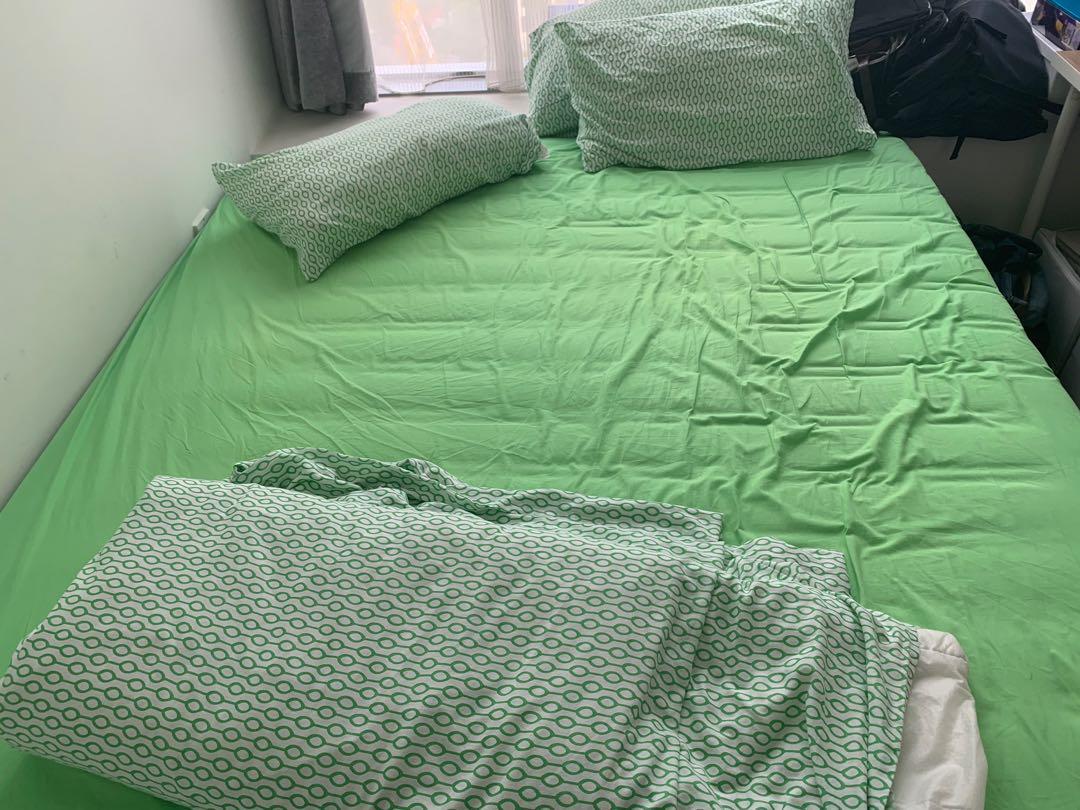If you've ever experienced a clogged kitchen sink, you know how frustrating it can be. Not only does it disrupt your daily routine, but it can also lead to unpleasant odors and potential water damage. Fortunately, there are several ways to unclog a kitchen sink and get your drain flowing freely again. One of the most effective methods for unclogging a kitchen sink is using a plunger. Make sure to cover the drain completely with the plunger and use firm, rapid plunges to create suction. This can dislodge whatever is causing the clog and allow it to flow down the drain. Another DIY solution is to use a mixture of baking soda and vinegar. Pour 1/2 cup of baking soda down the drain, followed by 1/2 cup of vinegar. Let it sit for 15 minutes before flushing it with hot water. The chemical reaction between the two ingredients can help break down clogs and clear the drain.1. How to Unclog a Kitchen Sink
Aside from using a plunger and baking soda and vinegar, there are other DIY solutions you can try to unclog your kitchen sink. One common method is using a plumber's snake, a long, flexible tool that can reach deep into the drain to dislodge clogs. Simply insert the snake into the drain and turn it clockwise to break up and remove the clog. You can also try using hot water and dish soap to clear a clogged kitchen sink. Pour a pot of boiling water down the drain, followed by a few tablespoons of dish soap. Let it sit for a few minutes before running hot water down the drain. The hot water can help melt and loosen any greasy or oily clogs, while the soap can act as a lubricant to help the clog slip through the pipes.2. DIY Kitchen Sink Clog Solutions
To prevent future clogs, it's important to understand the common causes of a clogged kitchen sink. The most common culprit is food debris, such as oil, grease, and bits of food that get washed down the drain. Over time, these substances can build up and create a blockage in the pipes. Another common cause of a clogged kitchen sink is a foreign object that accidentally falls down the drain, such as a small toy or piece of jewelry. These items can get lodged in the pipes and cause a blockage. To prevent this, make sure to use a strainer or stopper in your sink to catch any small objects before they go down the drain.3. Common Causes of a Clogged Kitchen Sink
If you prefer to use natural methods to clear a clogged kitchen sink, there are several options available. One is using a combination of salt and boiling water. Pour 1/2 cup of salt down the drain, followed by a pot of boiling water. Let it sit for a few minutes before running hot water down the drain to flush out the clog. You can also try using a mixture of salt and baking soda to clear a clogged kitchen sink. Mix 1/2 cup of each and pour it down the drain. Let it sit for 15 minutes before flushing it with hot water. The abrasive texture of the salt and baking soda can help break down and dislodge clogs.4. Natural Ways to Clear a Clogged Kitchen Sink
As mentioned earlier, using a plunger is one of the most effective methods for unclogging a kitchen sink. However, it's important to use the right technique to get the best results. Make sure to use a plunger with a flat suction cup and cover the entire drain with it. Use firm, rapid plunges to create suction and dislodge the clog. If you have a double sink, make sure to cover the other drain with a stopper or a wet cloth to create better suction. You may also need to add more water to the sink to create enough pressure for the plunger to work effectively.5. Using a Plunger to Unclog a Kitchen Sink
Chemical drain cleaners can be an effective solution for clearing a clogged kitchen sink, but they should be used with caution. These cleaners contain harsh chemicals that can damage your pipes and harm the environment. If you do choose to use a chemical drain cleaner, make sure to follow the instructions carefully and use protective gear, such as gloves and goggles. It's also important to note that chemical drain cleaners may not be effective for all types of clogs. They are best used for hair and soap scum clogs rather than food or grease clogs.6. Chemical Drain Cleaners for a Clogged Kitchen Sink
If DIY methods are not working or you're dealing with a serious clog, it may be time to call in professional plumbing services. A plumber can use specialized tools and techniques to effectively clear the clog and prevent future issues. They may use a hydro jet, which shoots high-pressure water through the pipes to break up and remove clogs. They may also use a video camera inspection to identify the exact location and cause of the clog. This allows them to provide a targeted solution and prevent further clogs in the future.7. Professional Plumbing Services for a Clogged Kitchen Sink
The best way to deal with a clogged kitchen sink is to prevent it from happening in the first place. One way to do this is by regularly cleaning your sink and drain. This can help remove any buildup and prevent clogs from forming. You should also avoid pouring oil, grease, and food scraps down the drain. Instead, dispose of them in the trash or compost. Using a stopper or strainer in your sink can also help catch any small objects and prevent them from going down the drain.8. Preventing Kitchen Sink Clogs
While minor clogs can often be cleared with DIY methods, there are certain signs that indicate a more serious clog that may require professional assistance. If you notice that multiple drains in your home are clogged, there may be a larger issue in your main sewer line. You may also notice gurgling sounds or slow draining in your sink, which can be signs of a deeper clog that needs professional attention.9. Signs of a Serious Kitchen Sink Clog
To keep your kitchen sink drain clear and prevent future clogs, there are a few simple maintenance tasks you can do. Regularly clean your sink and drain as mentioned earlier, and avoid pouring oil, grease, and food scraps down the drain. You can also use a mixture of baking soda and vinegar once a month to help keep your drain free of buildup and odors.10. How to Maintain a Clear Kitchen Sink Drain
Tips for Dealing with a Clogged Kitchen Sink

The Main Culprit: Grease and Food Build-Up
 Another common cause of a
clogged kitchen sink
is the build-up of grease and food particles. Over time,
grease
from cooking and scraps of food can accumulate in your sink and
drain pipes
, creating a thick and stubborn blockage. This is especially common in households where there is a lack of proper
drain maintenance
and
cleaning
habits.
Another common cause of a
clogged kitchen sink
is the build-up of grease and food particles. Over time,
grease
from cooking and scraps of food can accumulate in your sink and
drain pipes
, creating a thick and stubborn blockage. This is especially common in households where there is a lack of proper
drain maintenance
and
cleaning
habits.
Preventative Measures
 The best way to avoid a
blocked kitchen sink
is to take preventative measures. Be mindful of what you put down the drain and avoid pouring
grease
or
oil
directly into it. Instead, wipe any excess
grease
from your pots and pans with a paper towel before washing them. Additionally, use a strainer over your
drain
to catch any food particles and regularly clean it out.
The best way to avoid a
blocked kitchen sink
is to take preventative measures. Be mindful of what you put down the drain and avoid pouring
grease
or
oil
directly into it. Instead, wipe any excess
grease
from your pots and pans with a paper towel before washing them. Additionally, use a strainer over your
drain
to catch any food particles and regularly clean it out.
Dealing with a Clog
 If your
kitchen sink
is already
clogged
, there are a few things you can try before calling a professional. First, try using a plunger to dislodge the blockage. If that doesn't work, you can use a mixture of
baking soda
and
vinegar
to break up the
grease
and
food
build-up. Let the mixture sit in the
drain
for about 30 minutes before flushing it with hot water. If these DIY methods don't work, it's best to call a plumber to avoid further damage to your pipes.
If your
kitchen sink
is already
clogged
, there are a few things you can try before calling a professional. First, try using a plunger to dislodge the blockage. If that doesn't work, you can use a mixture of
baking soda
and
vinegar
to break up the
grease
and
food
build-up. Let the mixture sit in the
drain
for about 30 minutes before flushing it with hot water. If these DIY methods don't work, it's best to call a plumber to avoid further damage to your pipes.
Incorporating Design into Your Solution
 Dealing with a
clogged kitchen sink
doesn't have to be a hassle or an eyesore in your
kitchen design
. You can incorporate a
plunger
and a
strainer
into your
kitchen decor
by choosing stylish and functional options. For example, you can opt for a
decorative plunger
with a sleek design or a
metal strainer
that adds a touch of elegance to your sink area.
Dealing with a
clogged kitchen sink
doesn't have to be a hassle or an eyesore in your
kitchen design
. You can incorporate a
plunger
and a
strainer
into your
kitchen decor
by choosing stylish and functional options. For example, you can opt for a
decorative plunger
with a sleek design or a
metal strainer
that adds a touch of elegance to your sink area.
Conclusion
 A
clogged kitchen sink
is a common issue in many households, but it doesn't have to be a major inconvenience. By being mindful of what goes down your
drain
and taking preventative measures, you can avoid
clogs
and maintain a functional
kitchen sink
. If you do encounter a blockage, try some DIY solutions before calling a professional. And remember, incorporating design into your
clog solution
can also add a touch of style to your
kitchen design
.
A
clogged kitchen sink
is a common issue in many households, but it doesn't have to be a major inconvenience. By being mindful of what goes down your
drain
and taking preventative measures, you can avoid
clogs
and maintain a functional
kitchen sink
. If you do encounter a blockage, try some DIY solutions before calling a professional. And remember, incorporating design into your
clog solution
can also add a touch of style to your
kitchen design
.

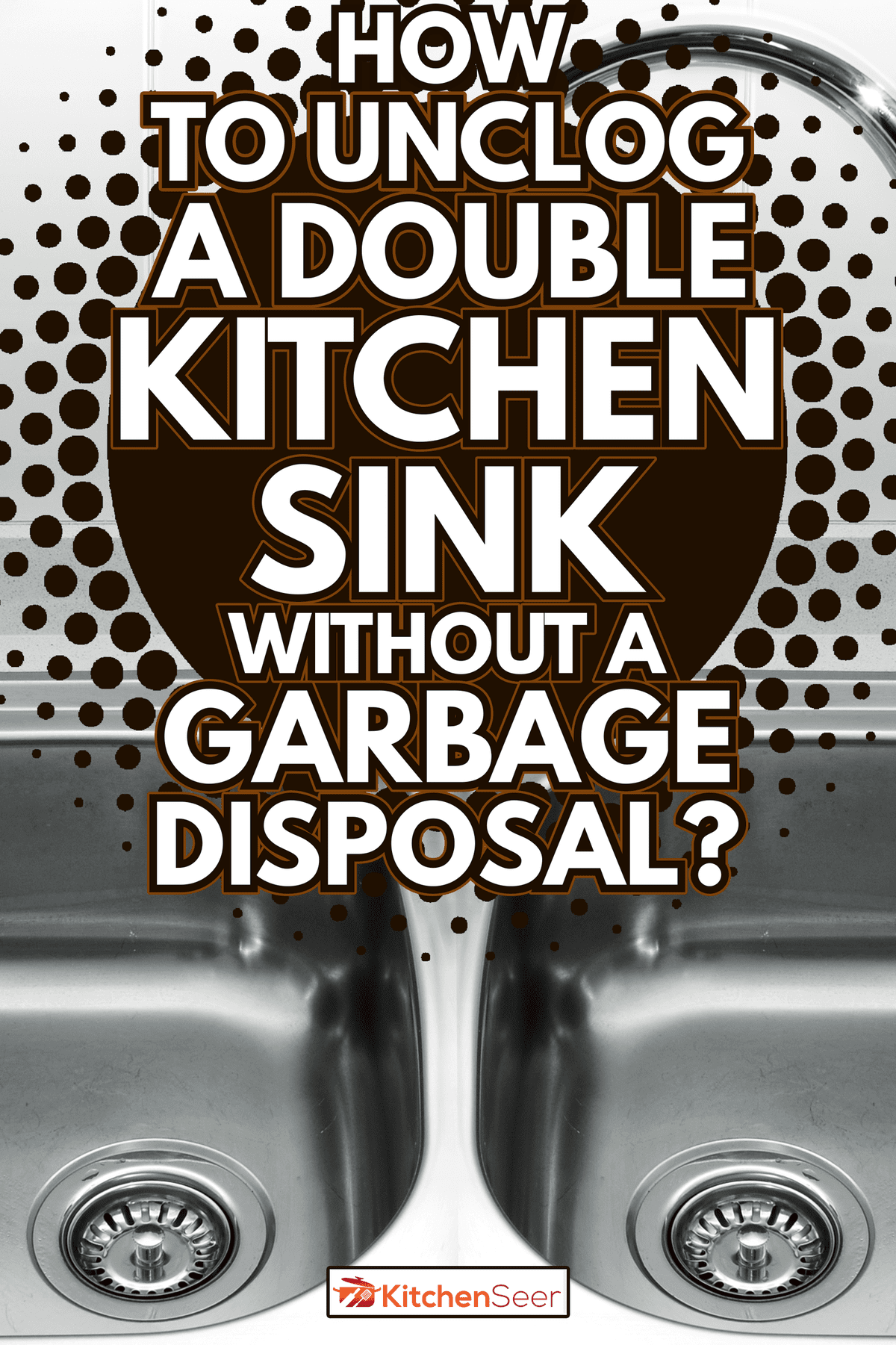
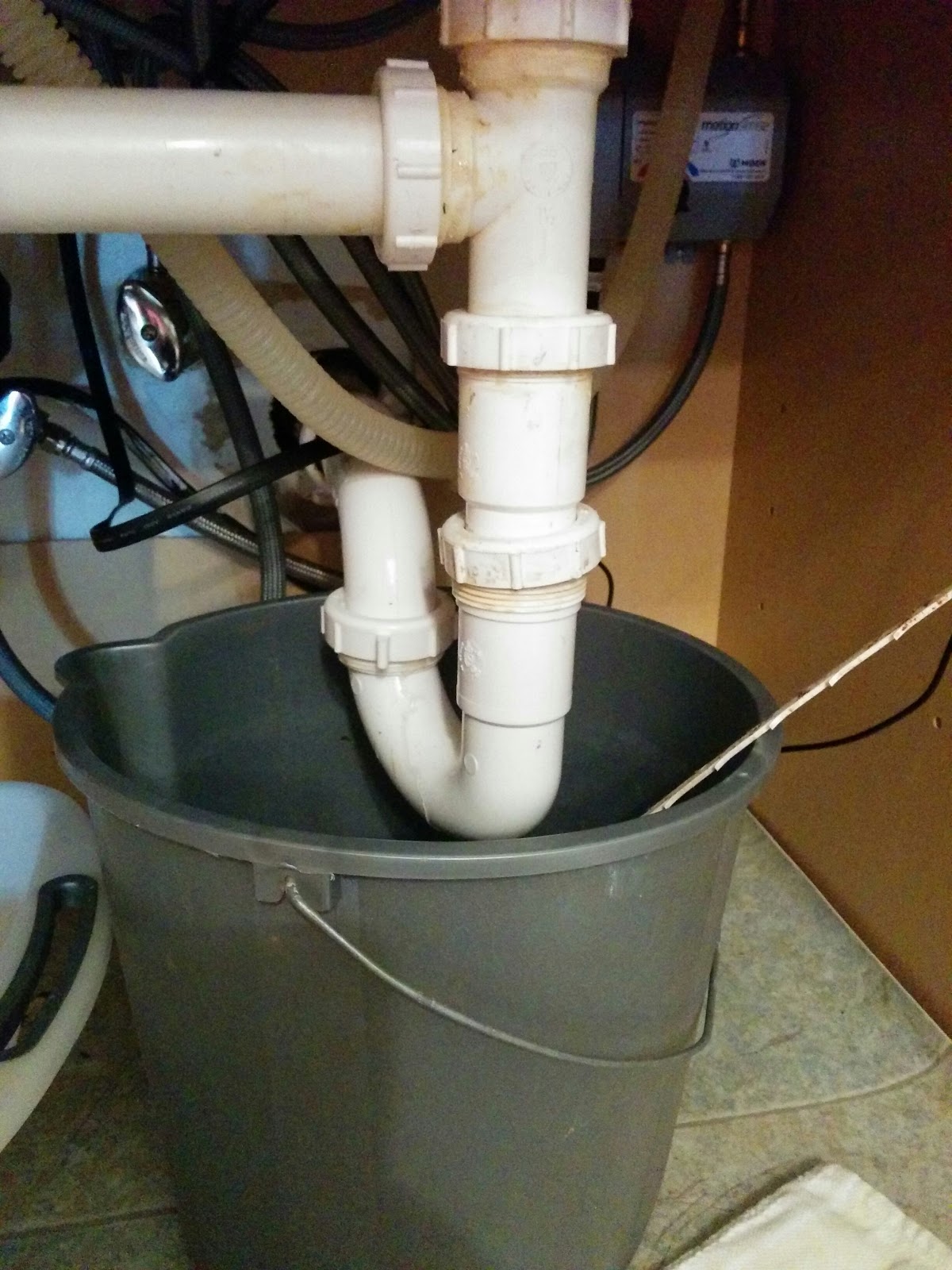

:max_bytes(150000):strip_icc()/how-to-unclog-a-kitchen-sink-2718799_sketch_FINAL-8c5caa805a69493ab22dfb537c72a1b7.png)

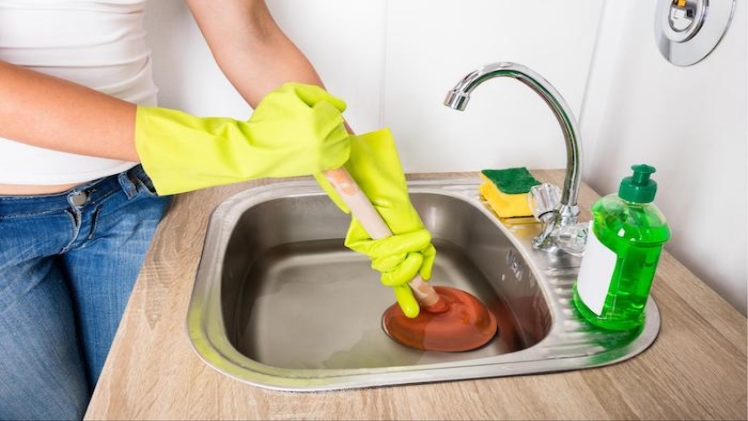
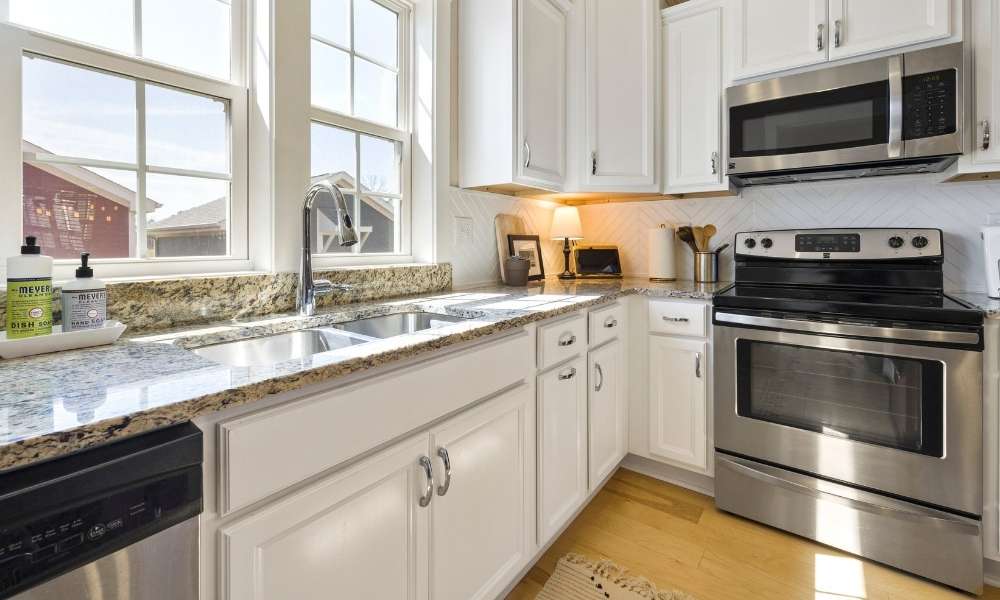

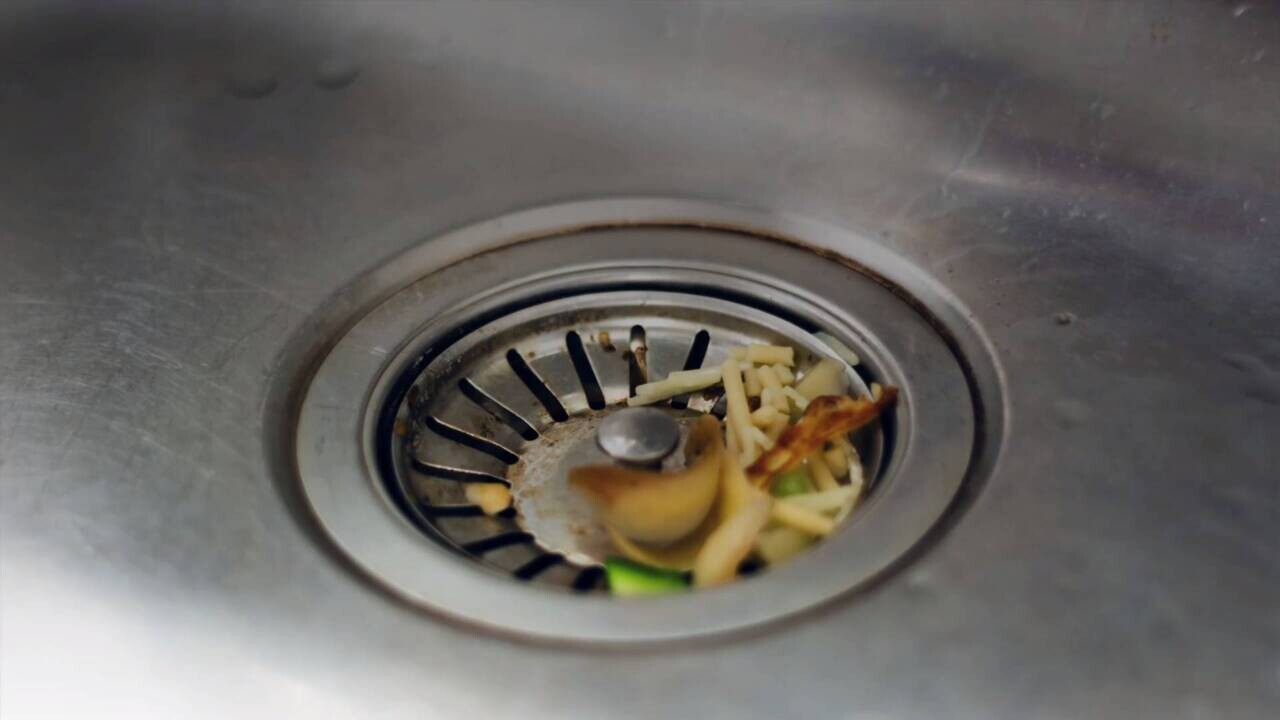

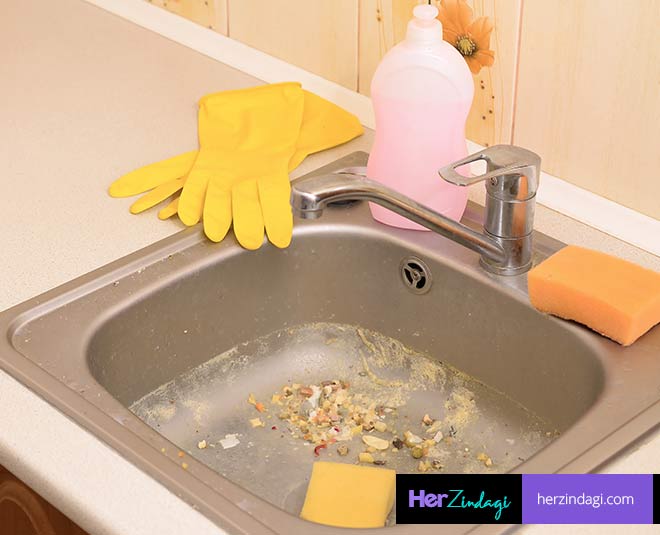




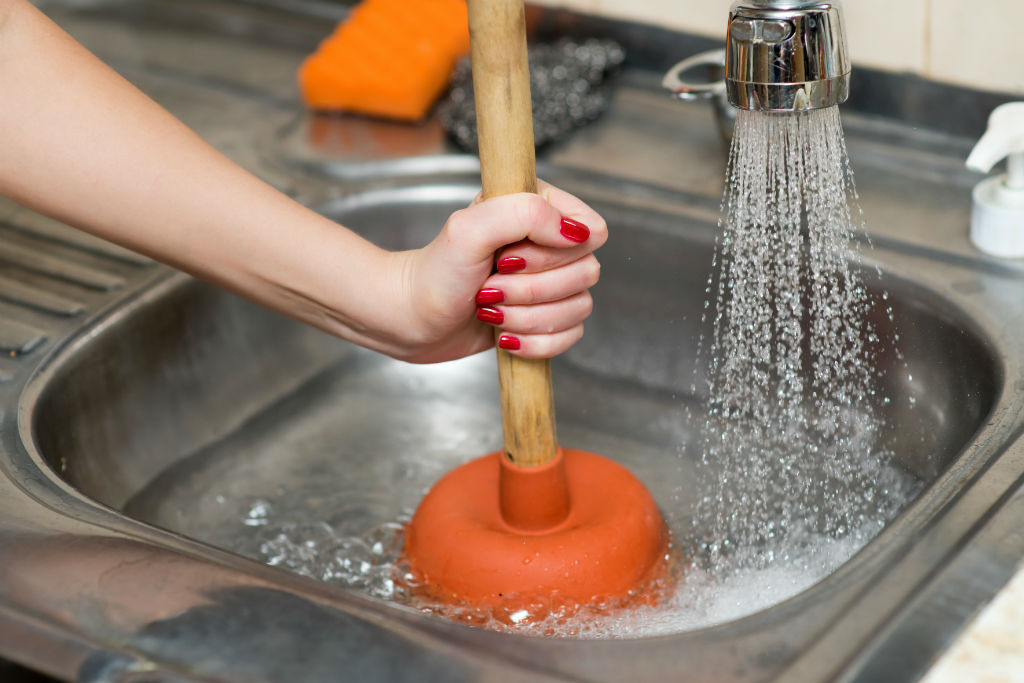









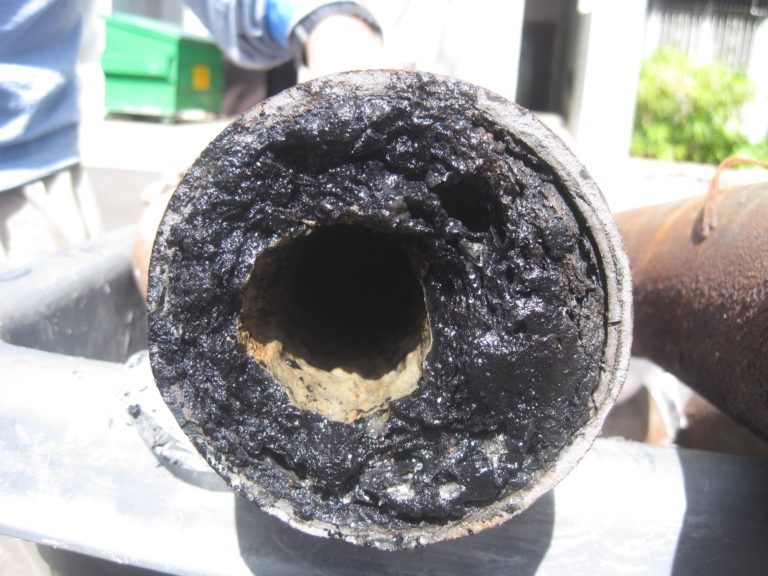


/signs-of-a-sewer-drain-clog-2718943_FINAL-7306dab348804135897b63a4411cdfdf.png)


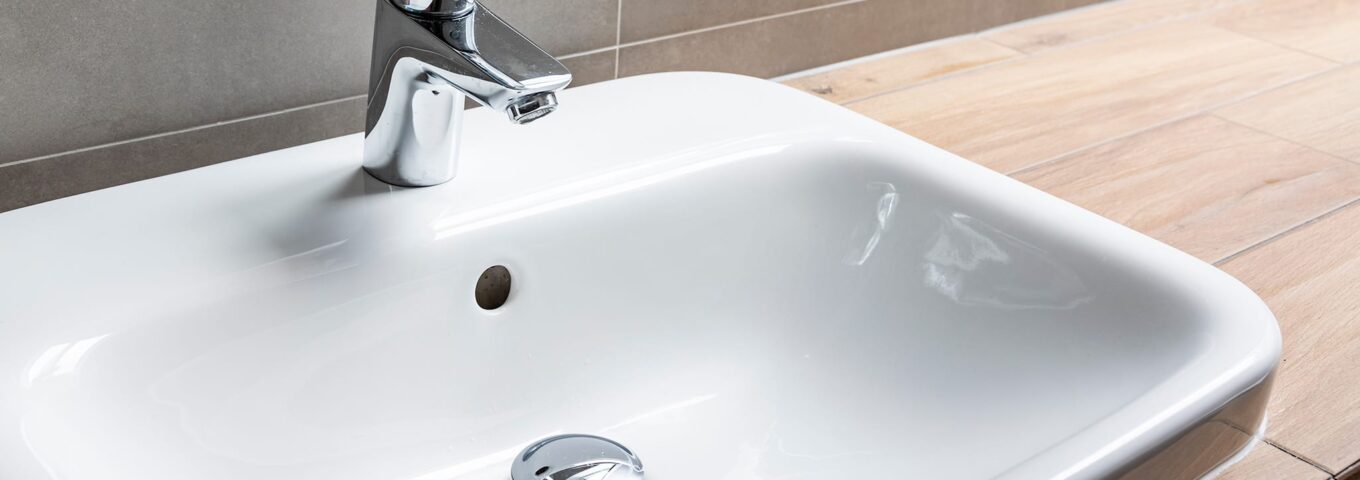




:max_bytes(150000):strip_icc()/freshen-and-unclog-drain-with-baking-soda-1900466-22-bbf940b70afa4d5abef0c54da23b1d3f.jpg)




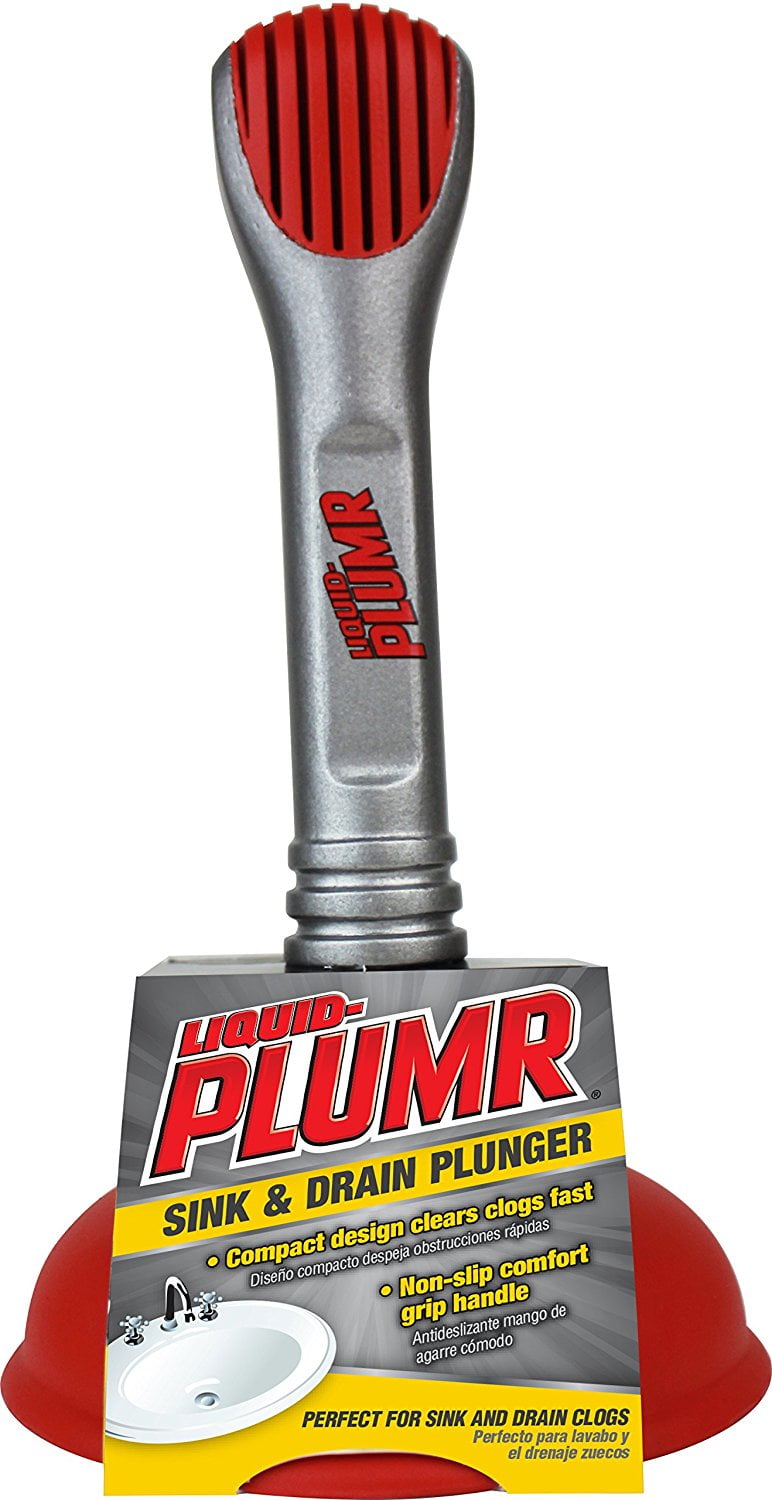
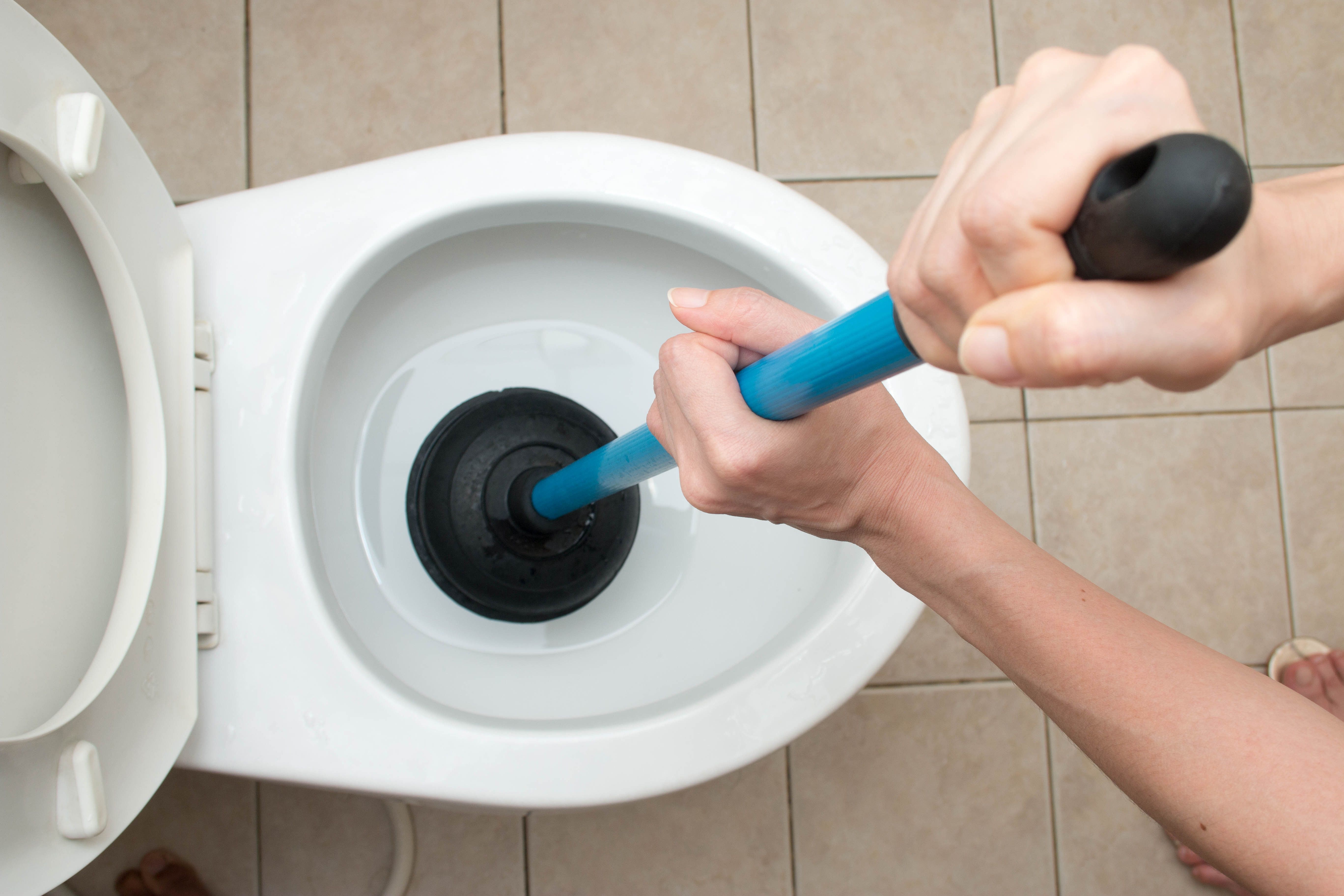


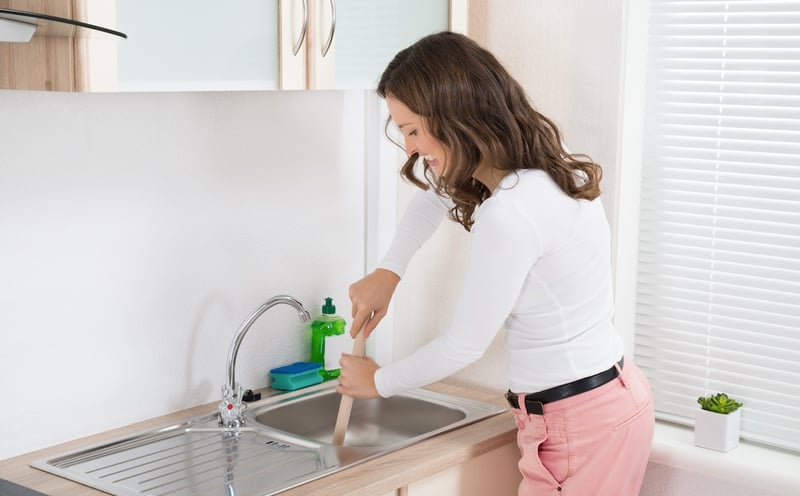

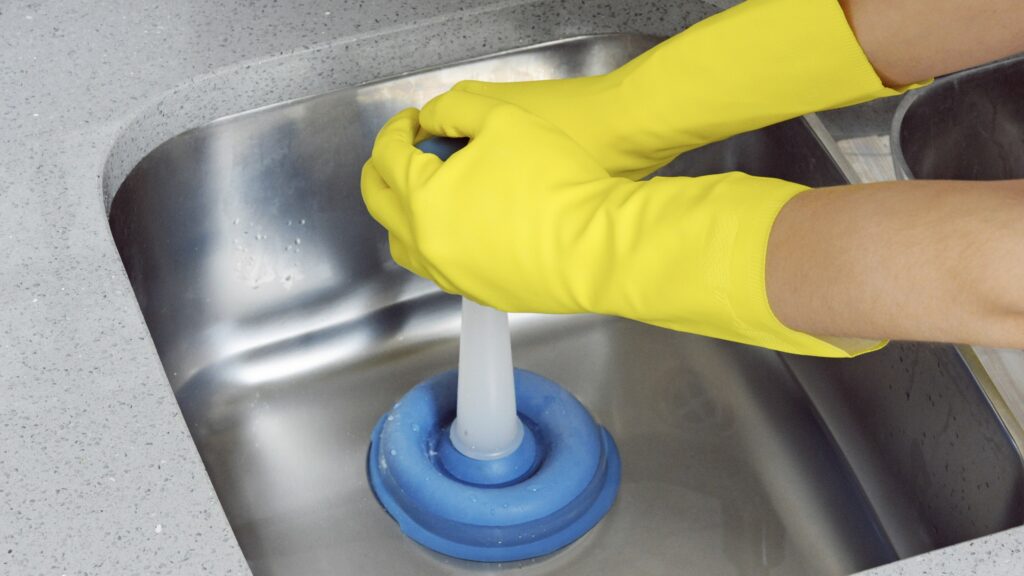






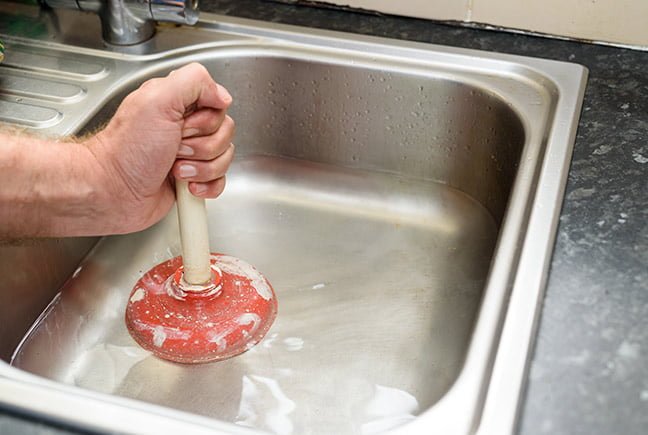

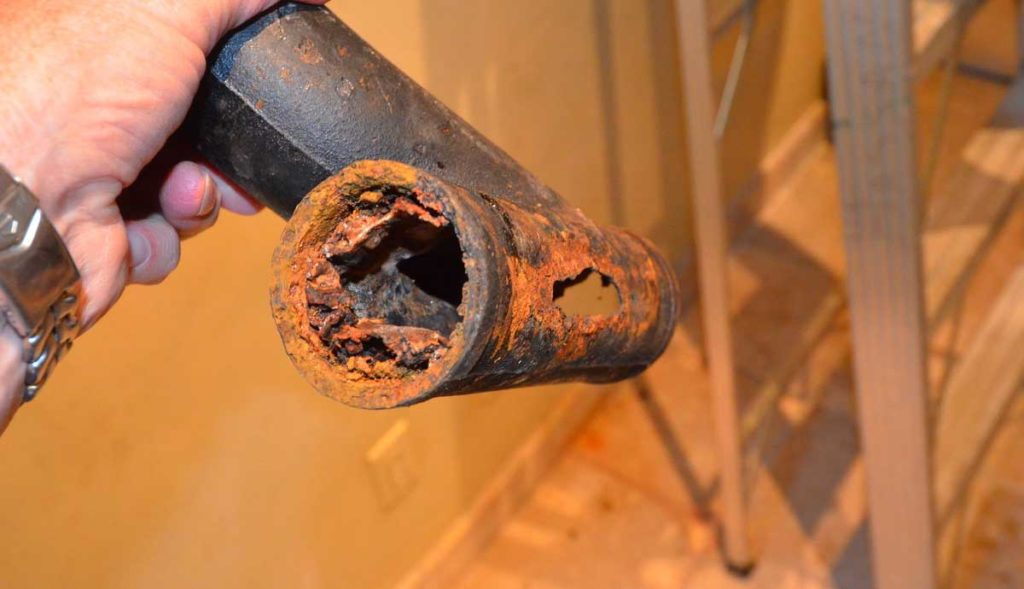
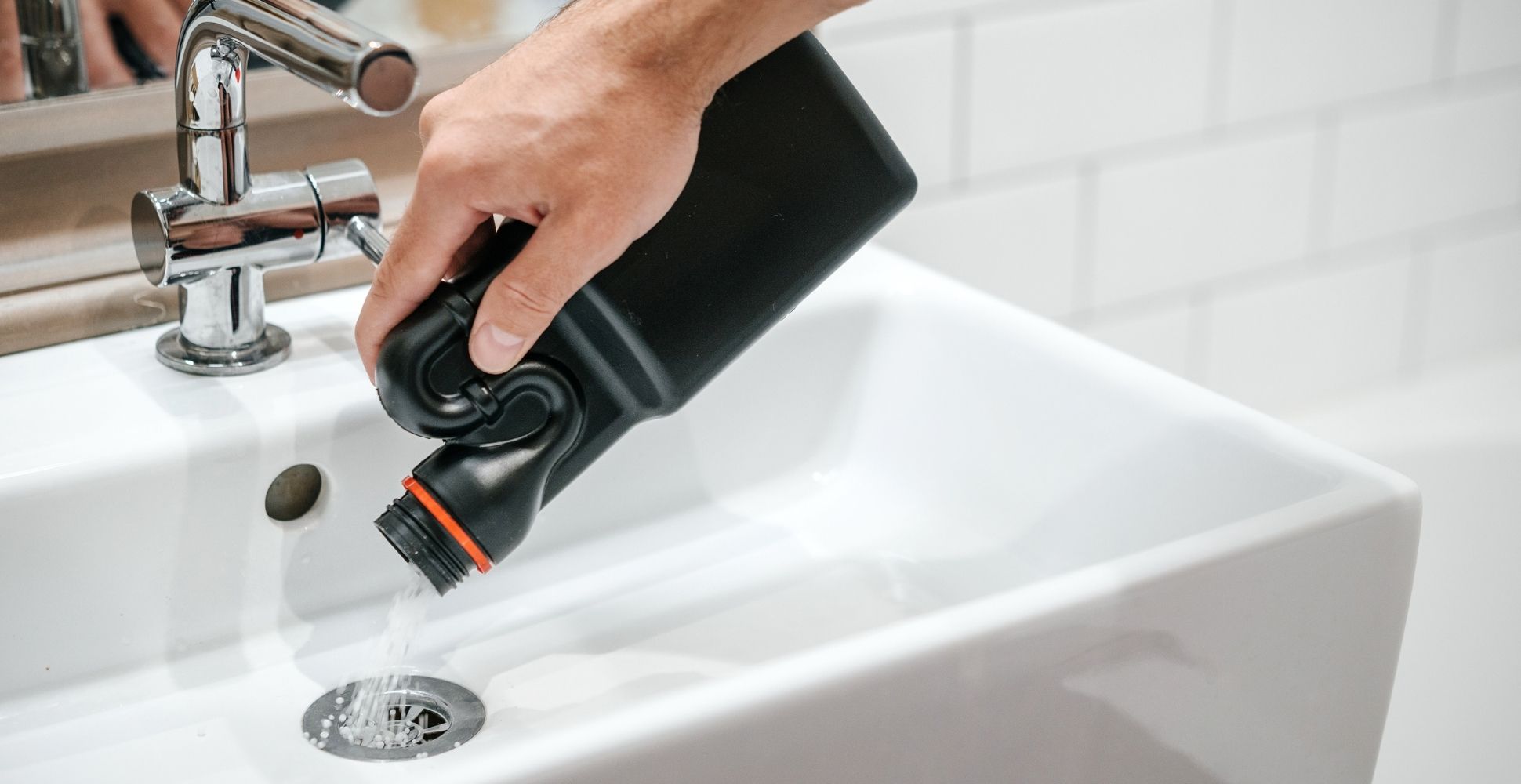

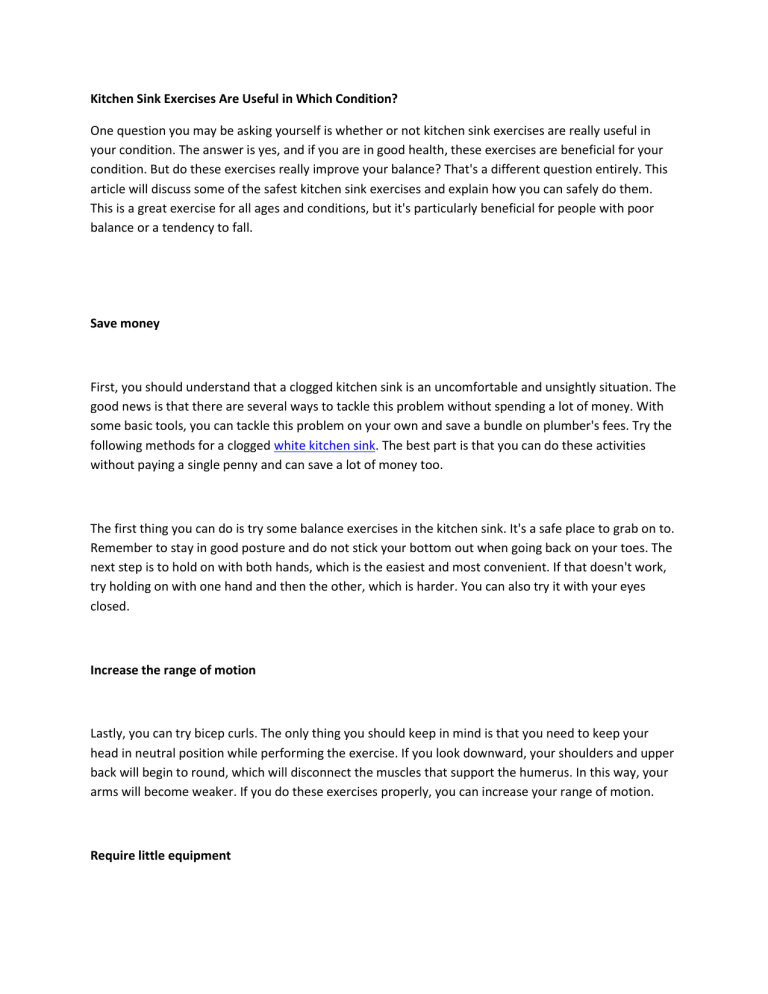




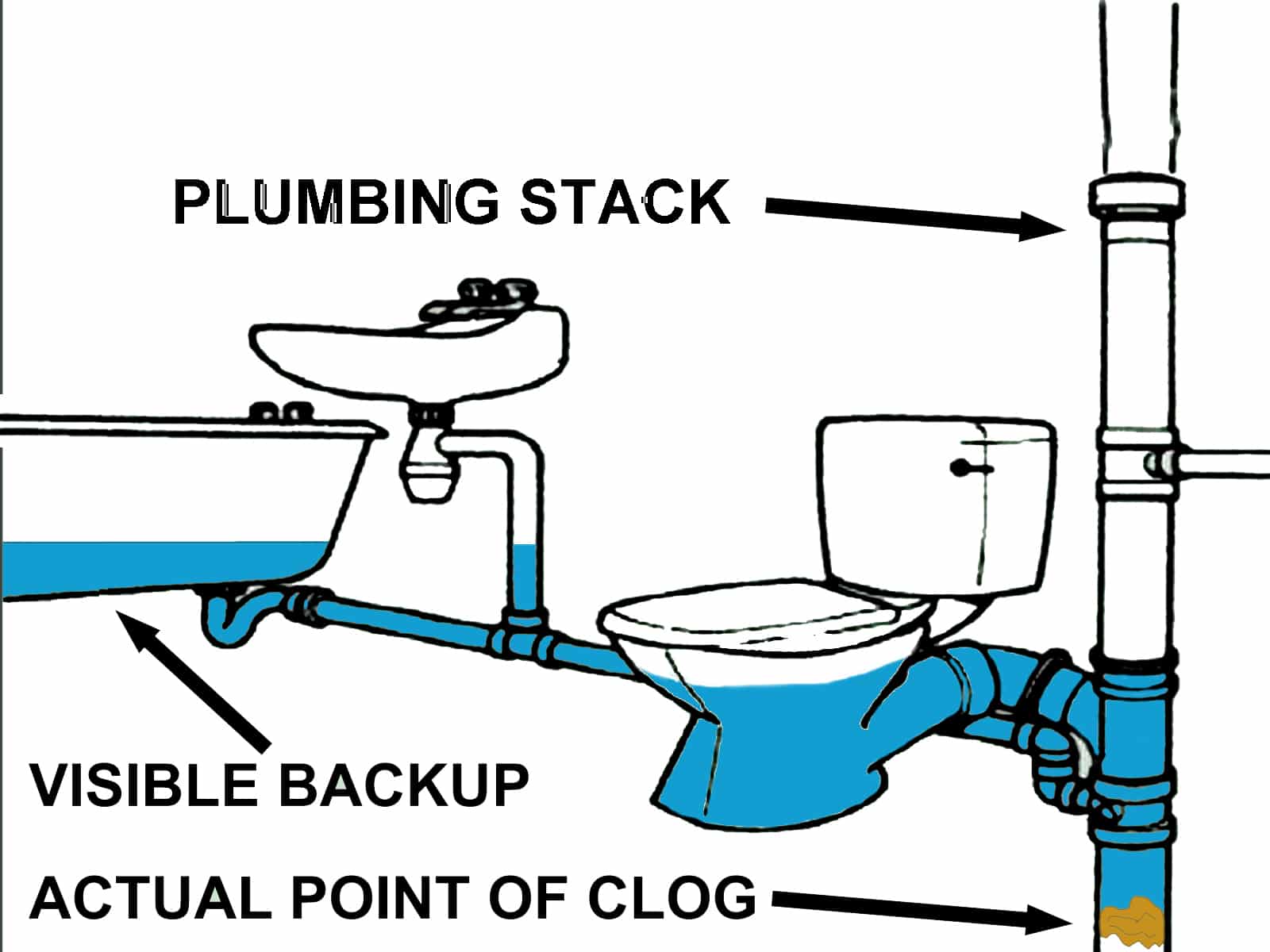

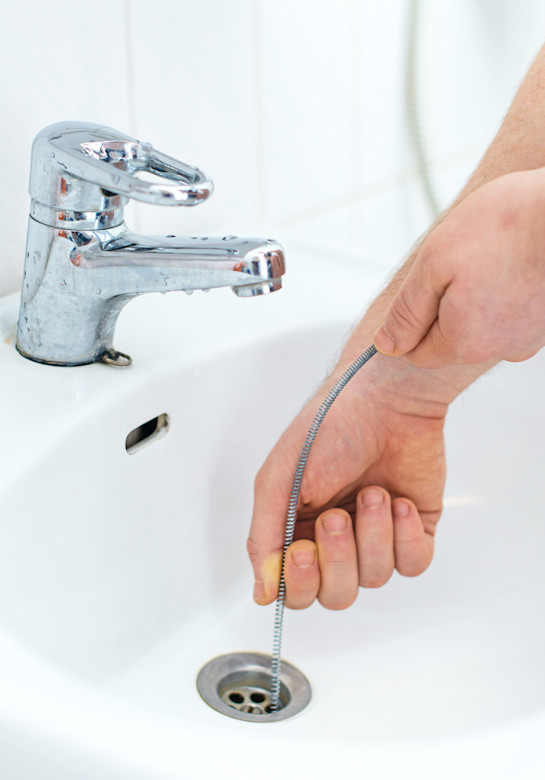





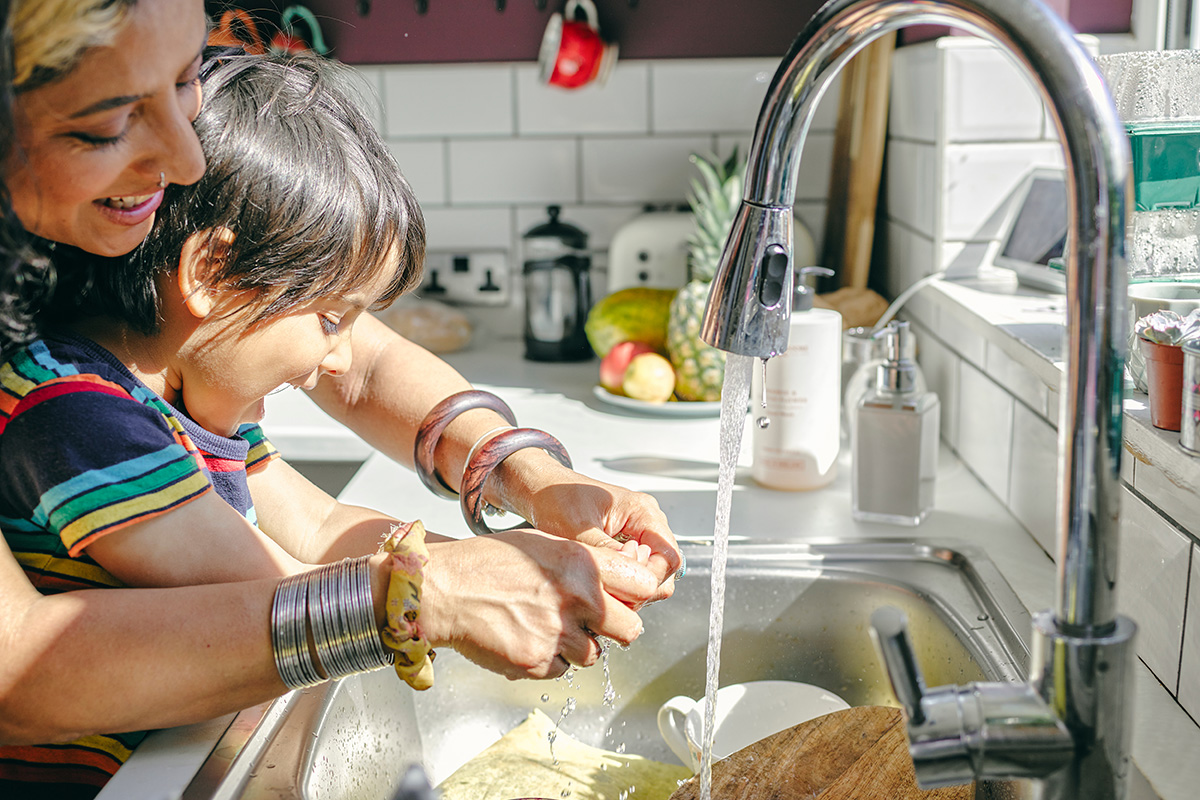

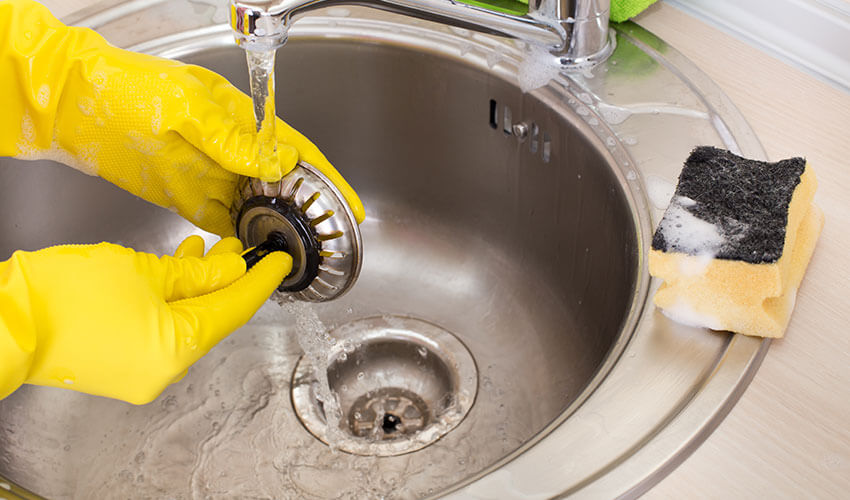


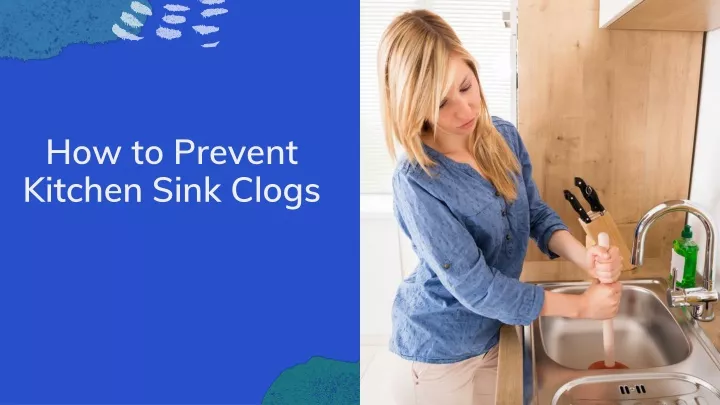




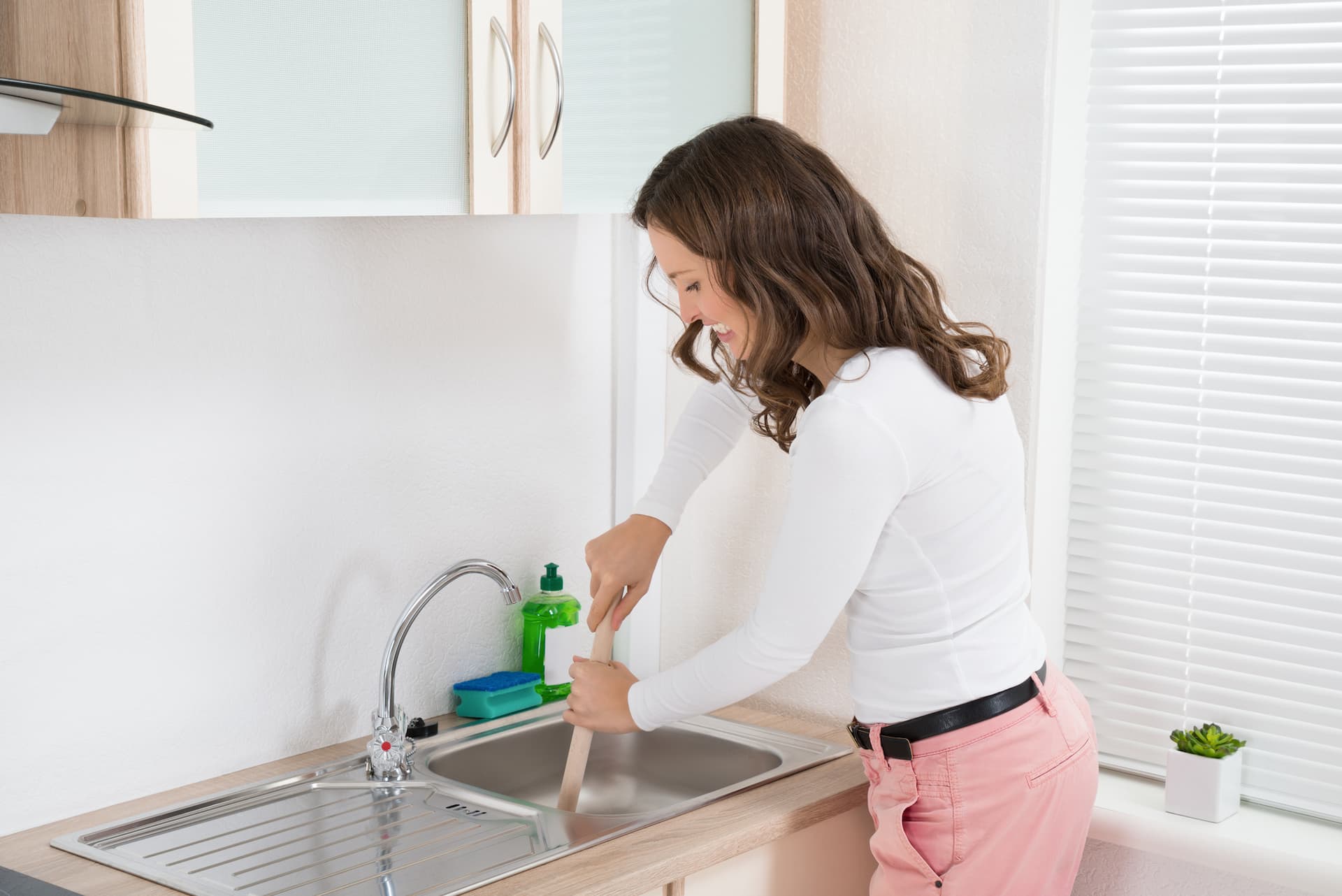









:max_bytes(150000):strip_icc()/how-to-install-a-sink-drain-2718789-hero-24e898006ed94c9593a2a268b57989a3.jpg)




